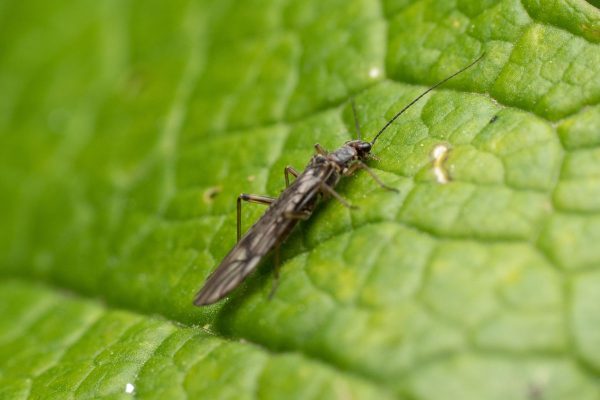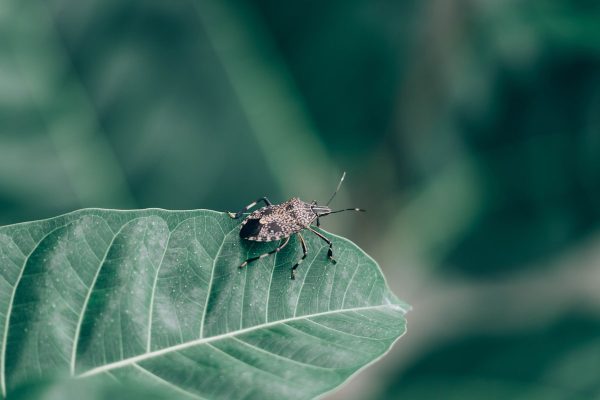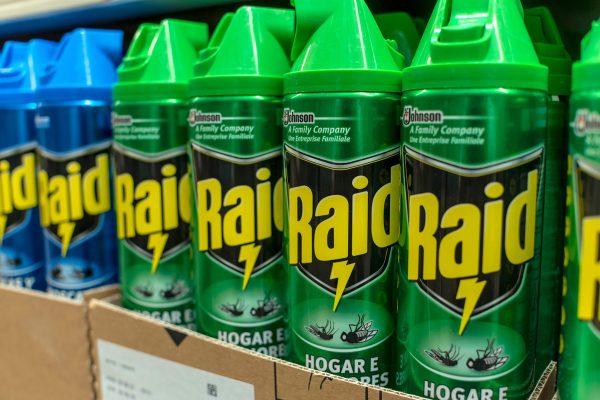Poinsettias and carnations are lovely to behold when they're in full bloom unless there are fungus gnats flying over them. What can you do about these irritating winged pests? Will Bonide help you get rid of them? We asked the pest experts and here's what they have to say.
You can use Bonide Neem Oil and Bonide Systemic Houseplant Insect Control to kill the fungus gnats and their larvae that have infested your plants. Both are systemic pesticides which means they are absorbed by the plants so that the fungus gnats that feed on them would eventually die.
Keep on reading to know more about these two products and how to use them on your indoor or outdoor plants. We'll also tell you what causes a fungus gnat infestation in your houseplants and how to get rid of them permanently. Let's do this!
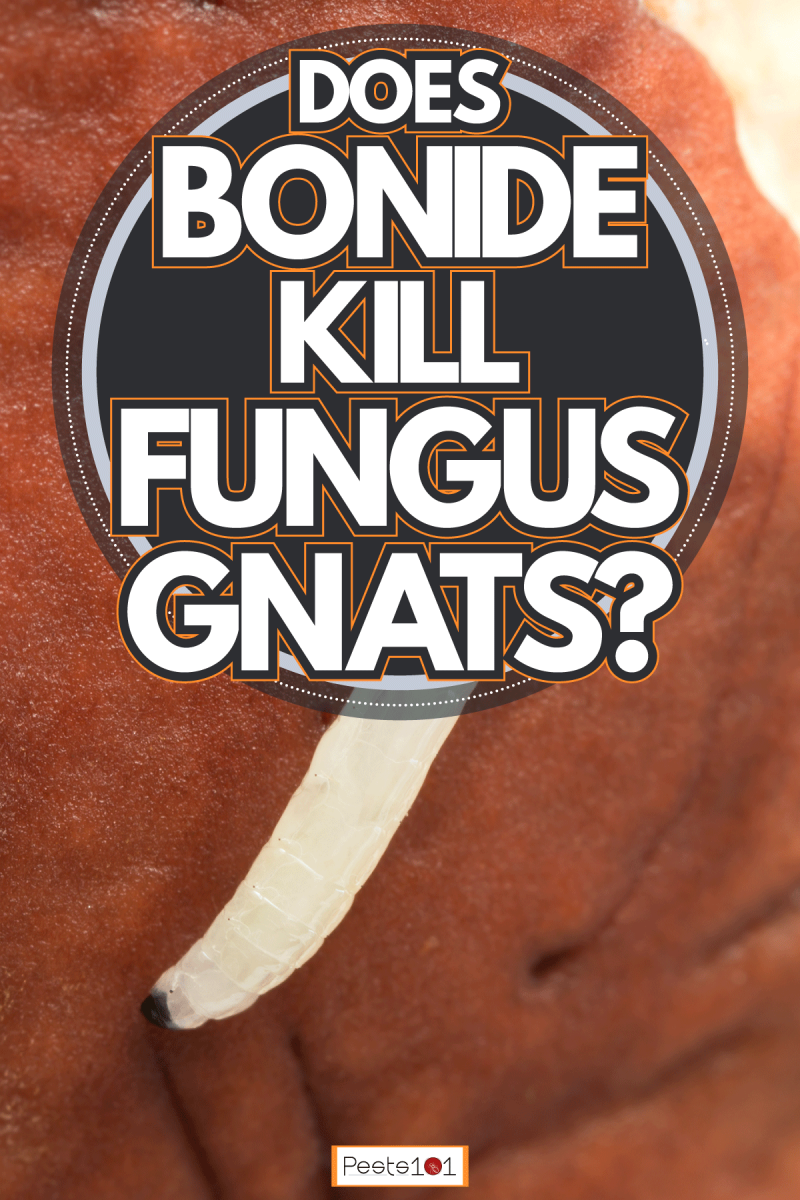
Does Bonide work on fungus gnats?
Fungus gnats look like small flies hovering over your favorite houseplants. But who wants insects flying around their precious plants, right? They're creepy and disgusting!
But the real problem here isn't just how your potted plants look like when there are little winged creatures flying around. These adult fungus gnats lay eggs that eventually turn into larvae that feed on your plants' roots and lower tissues for their survival. That's where the damage lies.
The larvae look like small maggots with white or transparent bodies and black shiny heads. Since the fungus gnat larvae are very small and are easy to miss, some signs that would tell you that you have an infestation are the slow growth of your houseplants and some bright yellow spots on the leaves.
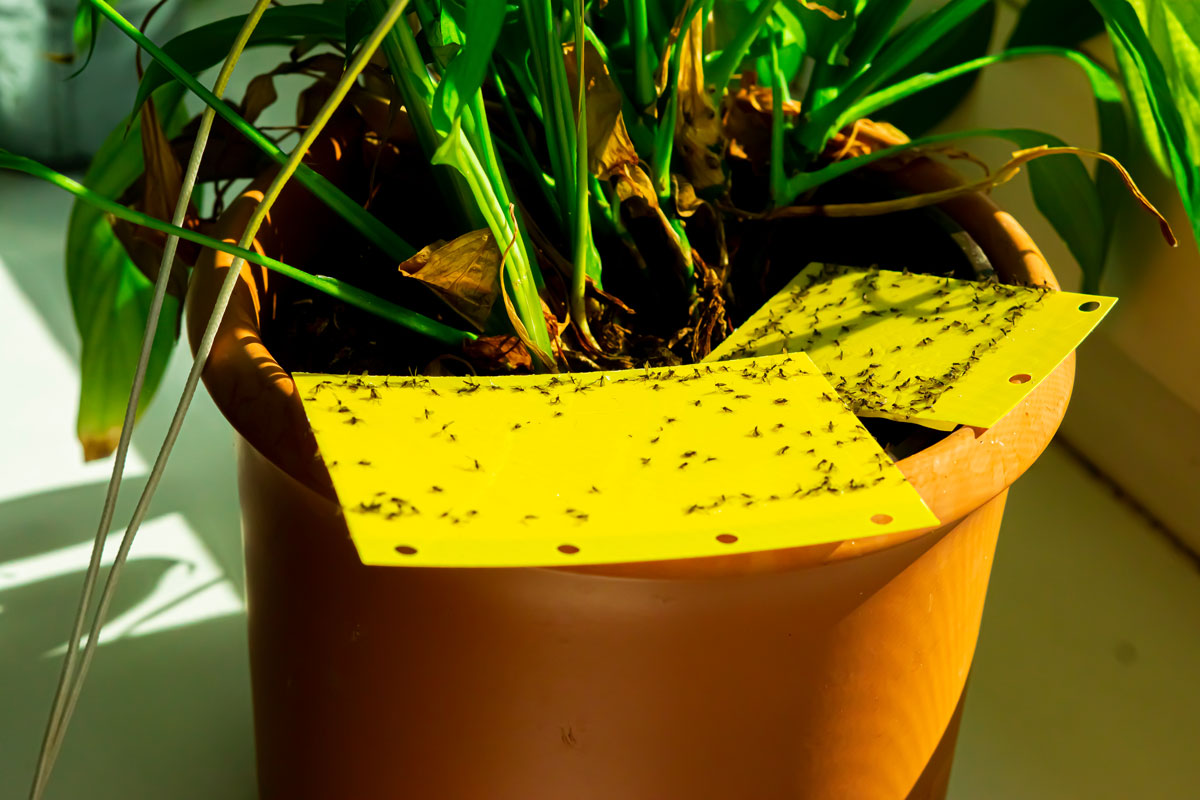
Fungus Gnat Larvae
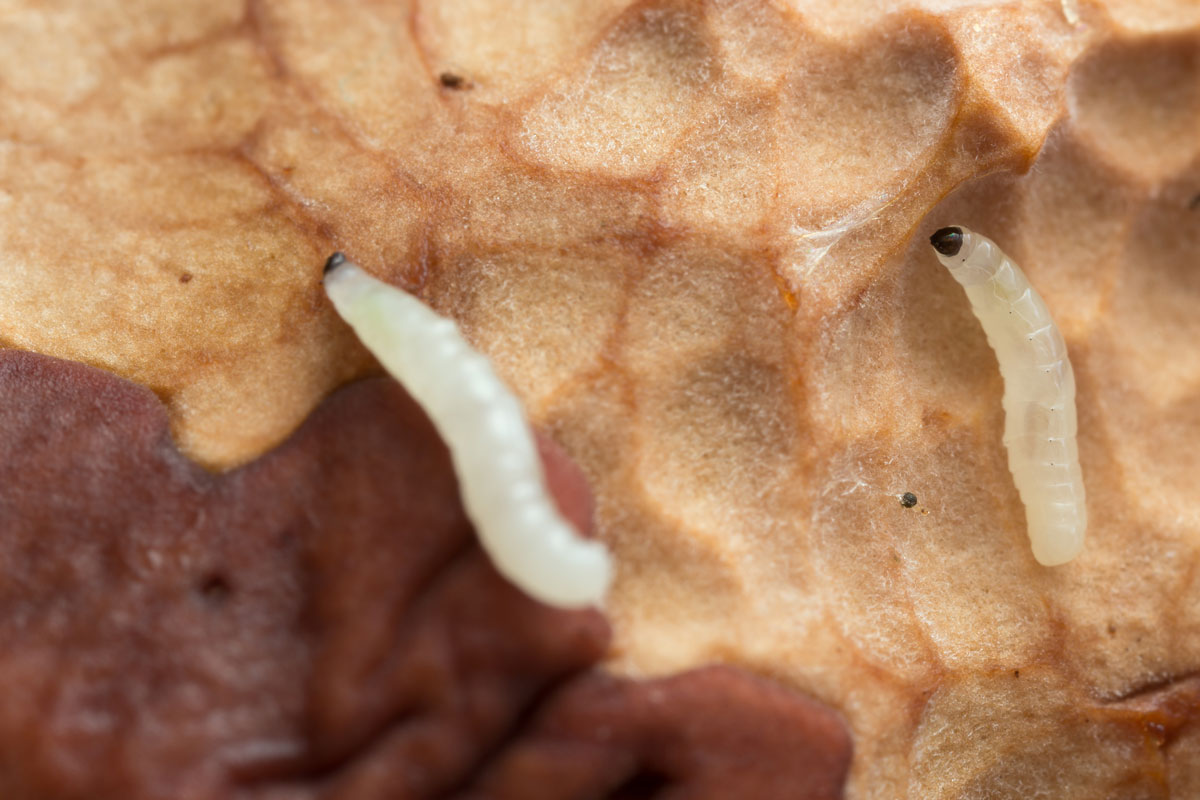
Of course, if you see fungus gnats flying over your plants, chances are very high that they've already laid hundreds of eggs on the soil of the plant which will turn into larvae soon enough.
Fungus gnat larvae can spread plant diseases and cause rotting of the root and crown. Since they feed on the roots, the plant's growth is stunted and their overall health suffers until they die.
Needless to say, you need to do something about the fungus gnat larvae infestation. If you're checking out Bonide for your pest treatment, the manufacturers offer a range of premium synthetic and organic products that would help you out on your fungus gnat larvae problem.
Bonide Systemic Houseplant Insect Control
This is recommended for use on potted non-edible indoor plants. It is in a ready-to-use granular form. Being a systemic insecticide, it is absorbed by the roots of the plant and the chemicals travel throughout the plant's vascular system to give it protection against fungus gnats.
Check this link to find this product on Amazon.
When the larvae suck on the roots of the plant, they will ingest the chemicals. Its active ingredient is Imidacloprid which is a neurotoxin. It targets the pests' nervous system and causes paralysis and death.
To use this insecticide, you need to:
- Apply the insecticide granules to the soil.
- Gently mix the granules with the top of the soil.
- Water thoroughly to release the active ingredients.
- Do not water the plants on the following day to give the roots sufficient time to absorb the insecticide.
- When you need to water your plants in the next 10 days, do so lightly so that the insecticide won't run off.
It is best to mix Bonide Systemic Houseplant Insect Control with your soil when you're planting or apply this insecticide at the first sign of fungus gnat larvae infestation.
Schedule your pest treatment in dry and calm weather so that the insecticide won't be washed off by the rain or blown away by the wind.
Once applied to the soil, it can give your plants protection from pests for up to two months.
Bonide Neem Oil
Bonide also carries neem oil-based products - in concentrate form and ready-to-spray formula. Neem oil is a natural pesticide. Its active ingredients come from the seed extracts of the neem tree or Azadirachta indica tree.
Bonide Neem Oil works three ways - as a pesticide, miticide, and fungicide. Being a natural pesticide, its toxicity is low which makes it safe to use for your indoor or outdoor plants. You can also apply it to ornamental or edible plants.
Azadirachtin, one of its active ingredients, is a potent pesticide. It is able to kill insects in its different stages in the life cycle from eggs to larvae and adults.
Neem oil is also a systemic pesticide. It is also absorbed by the plant so that insects that feed on various parts of the plant would ingest the insecticide. It will affect their hormones which will cause them to stop eating, reproducing, and preventing larvae maturation.
It can give protection to your plant against pests and fungal attacks for 7 to 14 days. Continuous reapplication is recommended to gain full control of the infestation.
Here's how to use Bonide Neem Oil:
- If you have the concentrated form, mix it with water according to the right ratio indicated on the product label.
- Transfer the mixture to a spray bottle so that it is easy to use.
- Shake the spray bottle well. (It also applies if you have the ready-to-spray formula.)
- Point the spray nozzle at the infected plants and soil and coat them with neem oil mixture.
- Do not water your plants immediately. Wait for the top soil to dry before you water your plants.
That's it! You have two choices from Bonide products to help you treat the fungus gnat infestation in your plants.
What causes a fungus gnat infestation?
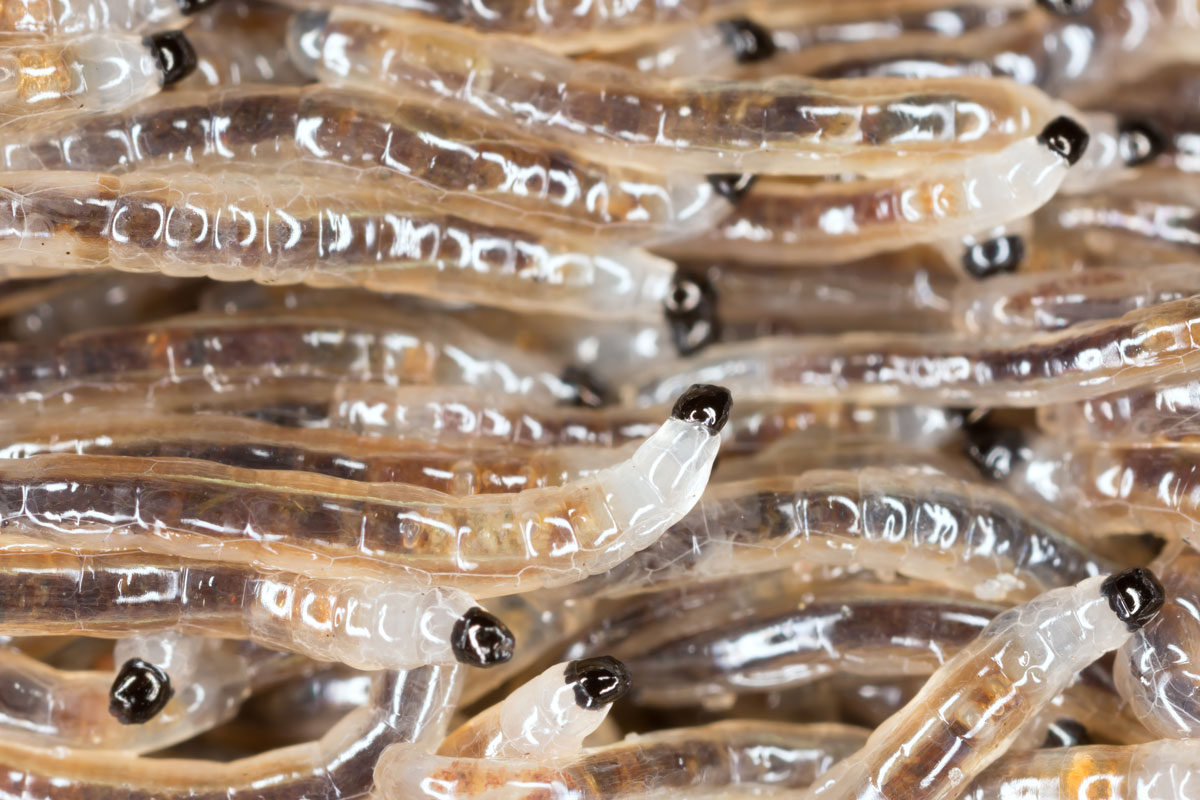
Fungus gnats are attracted to light and moisture. If you've got indoor plants, you put them where they receive adequate sunlight. If you overwater your plants, you create the ideal situation for these insects to thrive.
Of course, overwatering can also happen to your outdoor plants. You may also find fungus gnats in lawns and landscapes that have been overwatered.
Fungus gnats can also be found in moist and damp places in your home. This can be in the basement or crawl spaces where you have problems with high humidity or leaky pipes.
Basically, if you have water issues at home, you're inviting fungus gnats to come and settle in your house. These areas will become breeding grounds for these pests. It just so happens that it is usually the potted plants inside your home that have excess moisture which is why they are drawn toward these plants.
How do I get rid of fungus gnats permanently?
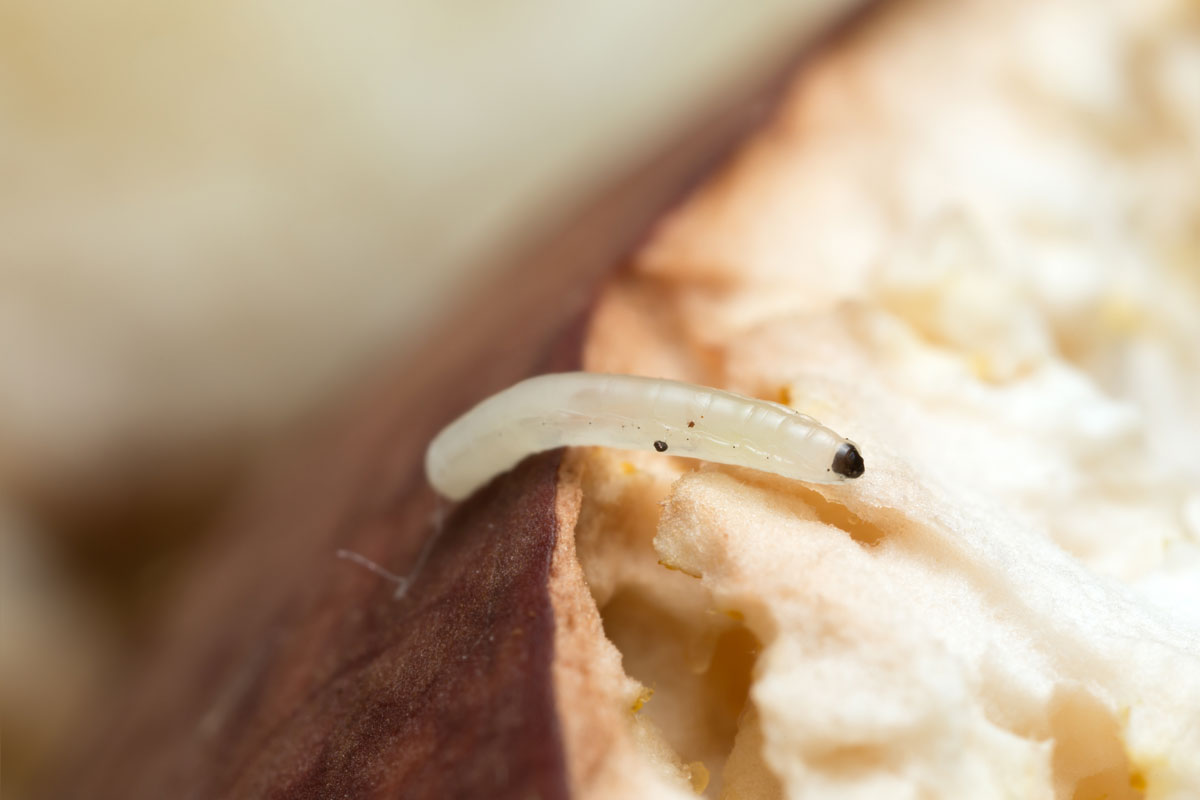
Getting rid of fungus gnats needs an integrated approach. You have to address these pests in their different stages of development as well as the environmental conditions that make them thrive.
Chemical Control
Aside from the Bonide products mentioned above, you can also use insecticides that contain pyrethrin. These work the same way by targeting the fungus gnat's nervous system which ultimately leads to their death.
Click this link to find this pyrethrin concentrate on Amazon.
You can also apply the hydrogen peroxide and water solution to your infected houseplants. The recommended ratio is 1 part hydrogen peroxide to 4 parts of water. This will also effectively kill the adult fungus gnats and their eggs and larvae on the soil.
Biological Control
You can introduce beneficial insects or predatory mites that would eat the fungus gnats and their larvae. An example of fungus gnat-eating mites is the Hypoaspis miles species. This is a natural way of controlling the pest population without using any insecticide.
However, these are better suited to use outdoors rather than indoors.
Environmental Control
This refers to how you maintain the environmental conditions in your garden or inside your home. You should know by now not to overwater your plants. Wait for the topsoil to dry in between waterings.
You also need to fix the water or moisture issues inside your home to prevent pests from coming back.
Some also use the yellow sticky card to trap adult fungus gnats. This way, they won't be able to lay eggs and multiply as they are already dead.
Check out these yellow sticky traps on Amazon.
Final Thoughts
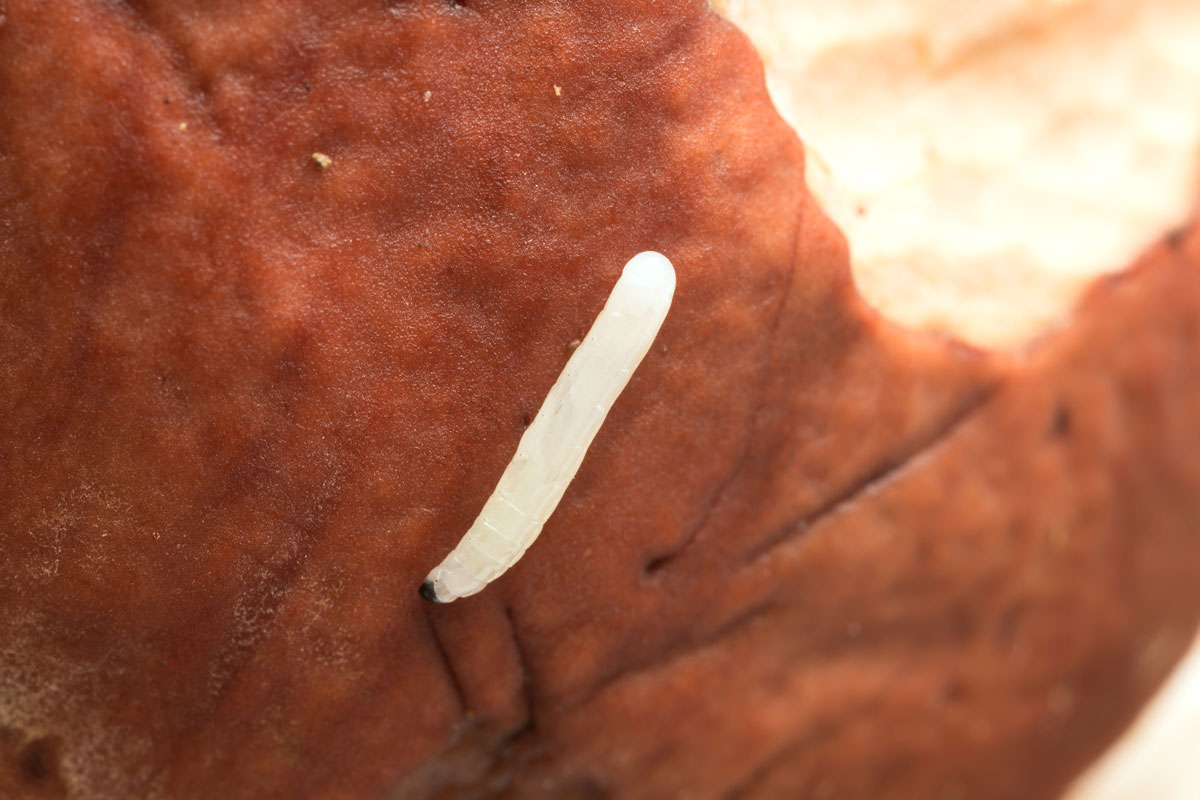
You can use Bonide Neem Oil and Bonide Systemic Houseplant Insect Control to help you deal with your fungus gnat infestation problem at home. Just check which product is suitable for your plant. It is also best to address the source of moisture problems to get rid of these pests for good.
Feel free to visit the following posts for some related reading:





